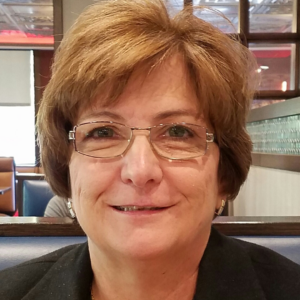The buzz on granny drones
So why all this chatter about drones? I recently read an article announcing that University of Illinois Urbana-Champaign researcher Naira Hovakimyan was awarded a $1.5 million National Science Foundation grant to develop robots and drones to assist the elderly with some routine tasks. Imagine that.
The idea is that drones will enable older adults to stay at home longer, which will soon become an issue as the senior population (those 65 years and older) reaches 71 million by 2030. We’ve already heard the predictions of caregiver shortages, and space in long-term care facilities will be limited. A variety of drone assistants in a home will be able to do anything from answering a door to cleaning a ceiling.
Image the scenario
A device sends a medication reminder to Granny that it’s time to take her pills. She taps a button on her smartphone and soon a drone zips in (through a window? Or is the unit darting around the house waiting to be summoned?) and drops the pills in her hand. Sure, this service reduces fall risk but, on the other hand, doesn’t this discourage activity? I haven’t figured out how it will get the cap off the bottle!
Maybe I’m being too skeptical. After all, I was born in a generation when typewriters weren’t electric, you’d knock yourself out taking a selfie with a rotary phone and Tang was the best discovery as a result of the “space race.”
Hovakimyan knows that these “helper” drones will have to be unobtrusive, quiet, made of soft materials and be able to avoid collisions and turn your home into O’Hare at 5 pm. An additional $300,000 grant will be used to lay the groundwork for Non-Intrusive, Collaborative, Empathetic, Robust (NICER) robots.
What about the human equation?
Isolation is one of the leading causes of depression among older adults. Isn’t there an ethical downside to the convenience upside? If families are secure that their loved one’s needs are being fulfilled, will that absolve them of the need to interact? Will a phone call go like this: “Mom will call the pizza drone and have it deliver a small pepperoni pie"? Sure I can meet you for lunch.”
In the meantime, who does “Mom” have to talk to or reminisce with? The gadgets that provide telemedicine services? We certainly don’t want our aging loved ones merely fed, watered and medicated like house plants. With daily tasks taken out of the caregiving equation, this technology should enrich and encourage human contact. Caregivers should suddenly find more time to “care” and not more time for paperwork.
What about people with cognitive issues? Will a drone whizzing through their homes frighten them? They, after all, grew up knowing that a drone was a male bee. What about affordability? All these “little helpers” sound rather expensive. Will they be covered by Medicare? Of course, I’m being facetious, but it is food for thought.
How do you feel about this technology becoming part of 21st-century aging? While everything techie has its appeal for younger folks, for me…not so much. I grew up watching “The Jetsons,” but I’m not so sure that I want to live like them.

Sandra Hoban was on I Advance Senior Care / Long-Term Living’s editorial staff for 17 years. She is one of the country’s longest-serving senior care journalists. Before joining Long-Term Living, she was a member of the promotions department at Advanstar Communications. In addition to her editorial experience, Sandi has served past roles in print and broadcast advertising as a traffic and talent coordinator.
Related Articles
Topics: Activities , Alzheimer's/Dementia , Technology & IT











